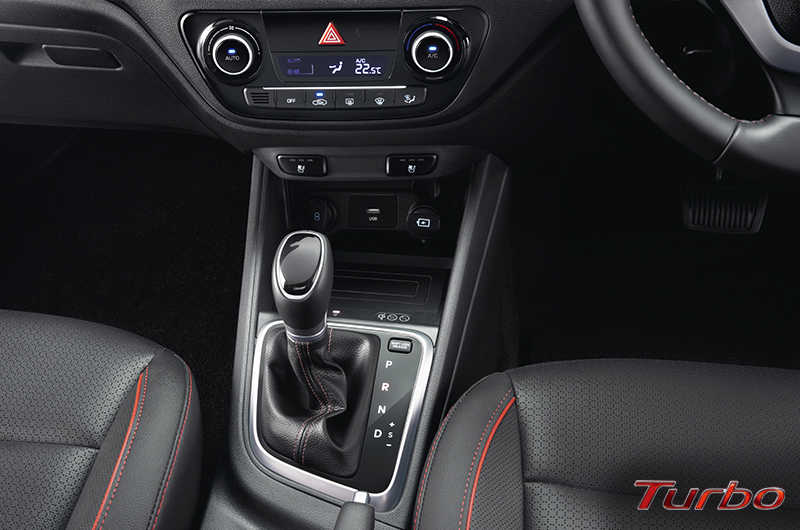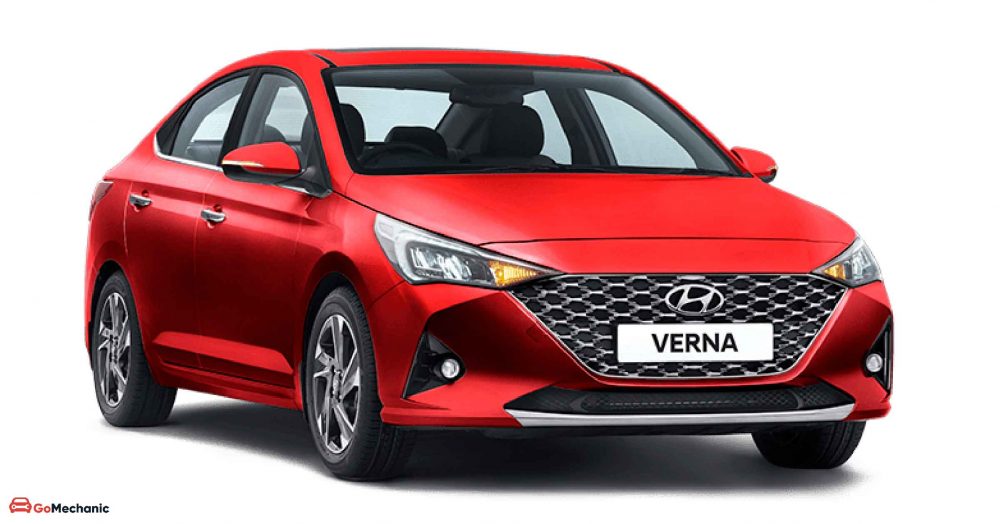The sun is setting gradually on the era of the turbo diesel powertrains for compact sedans, compact SUVs and Hatchbacks in India. Indian car manufacturers have now resorted to ‘turbo-petrol’ mills as an alternative for the perfect balance of power and efficiency.
Hyundai’s Venue was the first turbo petrol car that caught people’s attention with the new-age powertrain. Various other manufacturers since then have equipped their cars with turbo-petrol engines including the 2020 Hyundai Verna. The Verna came with the same 1.0 Litre Turbo-Petrol engine as the Venue brought the new age engine technology to the mainstream when it was launch in May 2020.
Also Read: 10 Reasons Why Hyundai Verna Should Be Your First Premium Sedan
It was at the same time that the next-gen Honda City began to make the rounds on the internet. Some of the pictures that surfaced on the internet were of the RS variant of the City, hinting that the City too will get a turbo petrol variant. Well, now after the launch of the new Honda City, we all know that didn’t happen.
Does Honda need to bring the Honda City RS to India? We decided to pit the Thai spec Honda City RS with the Hyundai Verna Turbo to find out the answer.
Hyundai Verna Turbo Vs Honda City RS | Does the City Need the Extra Power?

The Honda City RS in Thailand comes with a 1.0-Litre VTEC Turbo Petrol engine making 122HP and 173Nm of torque. Compared to the Verna Turbo’s 1.0-Litre Turbo petrol engine making 118HP and 171Nm of torque, the City RS’s power figures seem stronger.
The fifth-gen Honda City we have in India comes with a 1.5-Litre i-VTEC engine making 119HP and 145Nm of torque. The power on the regular City is more than what the Verna Turbo has on offer while the torque might have fallen a bit short.
| 2020 Hyundai Verna Turbo | 2020 Honda City RS (Thai-spec) | 2020 Honda City | |
| Power | 118HP | 122HP | 119HP |
| Torque | 171Nm | 173Nm | 145Nm |
If Honda plans to bring the City RS to India, it will have an edge of just 4HP and 2Nm over the Verna Turbo. So, as far as power figures are concerned, if the Honda City we have in India is itself able to closely match the power figures of the Verna Turbo, then there isn’t such a dire need to bring the City RS to India.
Related: 2020 Honda City vs 2020 Hyundai Verna | An Epic Rivalry
Hyundai Verna Turbo Vs Honda City RS | Transmission on offer
If we compare the Thai-spec Honda City RS with the Hyundai Verna Turbo we have here in India, then the Verna has a great advantage over the City RS in the transmission department.

Performing duties in the Verna Turbo is a 7-speed Dual Clutch Transmission (DCT). Before Hyundai adopted DCT for its car lineup, these transmissions were only seen on the likes of more expensive German cars. DCT(s) as the name suggests uses a sophisticated twin-clutch setup and is very slick in putting down the power from the engine. The DCT compliments the performance orientation of the turbo petrol perfectly.
On the other hand, the Honda City RS comes with a CVT transmission. Honda’s CVT is popular for its lethargic ‘rubber band effect’ during shifts. Having a CVT will defeat the whole purpose of having those extra horses in the RS variant as the CVT won’t be able to put that power to work that efficiently.
Suggested: 2020 Hyundai Verna vs 2020 Honda City | Head2Head
If Honda plans to bring the City RS to India then it should come with a manual transmission and a better, more dedicated auto gearbox. These transmission options will help Honda take the fight to the Verna Turbo with all guns blazing.
Hyundai Verna Turbo Vs Honda City RS | Who’s got a more “for the purpose” look?
It’s a close call between the two as both car’s turbo-petrol version get a sporty cosmetic treatment, distinct to the standard variants.
The Hyundai Verna Turbo variant gets an all-black grille along with a blacked-out front bumper lip. At the rear, it gets a redesigned bumper with dual-exhaust tips and a ‘Turbo’ badge on the trunk to top it all. The interiors of the Verna Turbo gets an all-black finish as well with contrasting red accents around the AC vents and leather seat stitching.

On the City RS, the chrome heavy grille on the regular City gets a gloss black treatment with an ‘RS’ badge on it. The LED headlamp cluster also gets redesigned for the RS. The OVRMs also get blacked out in contrast to the sporty ‘Ignite Red’ metallic body colour. The rear of the City RS gets a boot lid spoiler, a redesigned bumper and again the RS badge on the trunk. The City RS also gets bigger 16-inch alloy wheels compared to the 15-inch wheels on the regular City.
Comparing the cosmetic treatment on both the cars, the City RS’s treatment screams “performance” more than the Verna.
Most Viewed: 2020 Hyundai Verna vs 2017 Hyundai Verna | A Big Update?
Hyundai Verna Turbo Vs Honda City RS | Pricing
To gain a bit of perspective, given below is the price comparison between the top-spec, standard Hyundai Verna and Honda City v the price of the Verna Turbo and the City RS’s price in Thailand (converted into Indian Rupees).
| 2020 Hyundai Verna (SX IVT Opt) (petrol) | 2020 Hyundai Verna Turbo (SX Opt) | 2020 Honda City ( ZX CVT) | 2020 Honda City RS | |
| Price | Rs. 13.84 Lakh (ex-showroom) | Rs. 13.99 Lakh
(ex-showroom) |
Rs. 14.44 Lakh
(ex-showroom) |
Rs. 17.63 Lakh
(price in Thailand, in Indian Rupees) |
If Honda plans to bring the City RS to India, they have got to price it competitively to tip the scale in their favour.
With turbo-petrol becoming all the rage, it probably will be in immense demand as soon as the market picks up. So, despite weighing all the pros and cons, having a turbo-petrol variant will definitely bode well for the City in India.
Do you think Honda should bring the City RS to India? Let us know in the comments section below.






